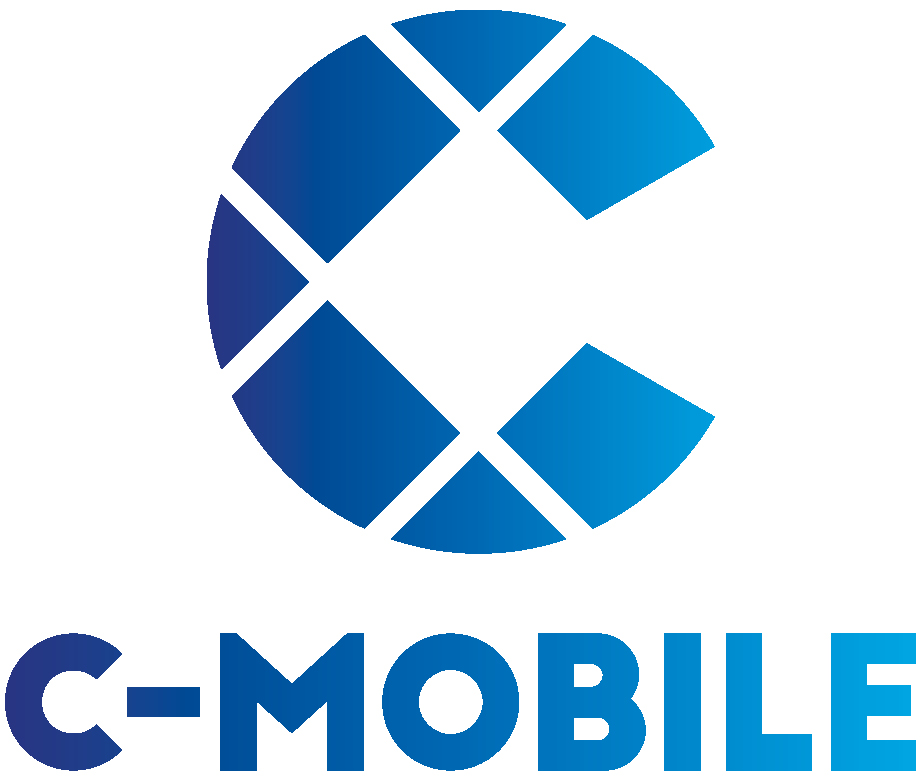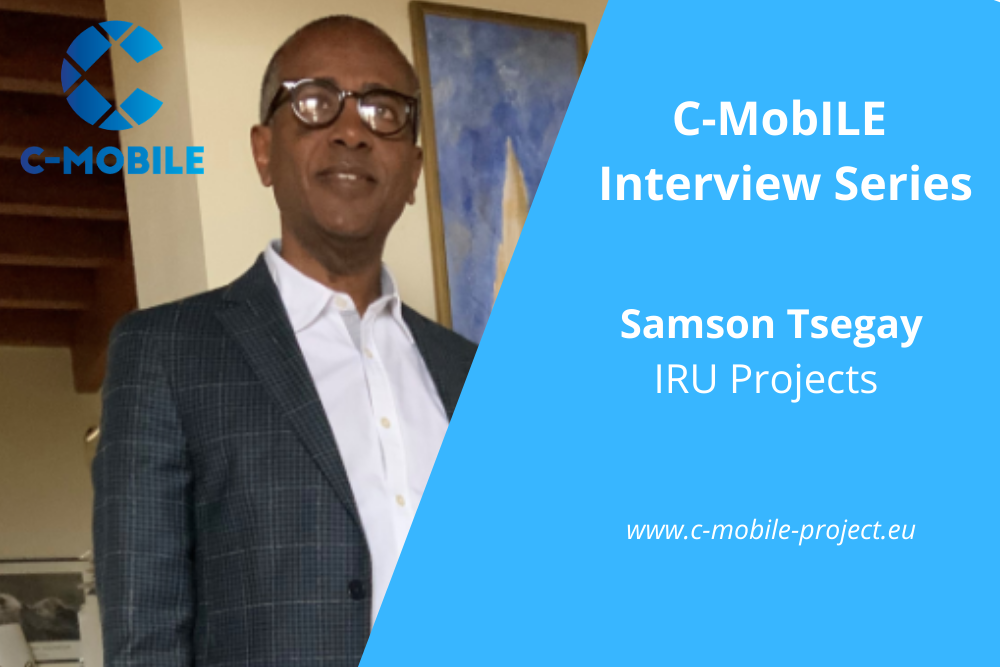In this second interview with C-MobILE partners, we talk to IRU – International Road Transport Union about the organisation’s role in the project, their expertise in training professional drivers, as well as their perspectives of Cooperative Intelligent Transport System (C-ITS) end users. IRU is the world road transport organisation, connecting societies with safe, efficient, green mobility and logistics. Founded in 1948, IRU has today members and activities in more than 80 countries and represents the voice of over 3.5 million globally operating mobility and logistics service providers. IRU has been managing TIR – the only global customs transit system for moving goods across international borders, since 1949.
As part of C-MobILE, IRU Projects, together with other project partners, organises local training for fleet operators and drivers on the use of new Cooperative Intelligent Transport Systems (C-ITS) services. Could you tell us more? How are these trainings structured? What are their benefits? Who should attend them?
“As far as the structure of the training is concerned, each training programme is developed in five main modules:
The first module is provided by IRU Projects and is the theoretical module, which focuses on basic understanding of ITS and C-ITS technologies, communication technologies and C-ITS benefits.
Then there is the deployment site C-ITS services module, which focuses on the C-ITS services deployed in a particular pilot site and is provided by each site leader. In this part several C-ITS technologies are presented and explained on site.
The practical module focuses on presenting new C-ITS technologies to the participants by showcasing and testing them in real conditions, and learning their features on app devices, as well as on board.
When the course is completed there is a final module, which consists in a knowledge test on ITS and C-ITS technologies , to see how the training helped the participants to acquire new knowledge on C-ITS technologies, especially on those services deployed in a pilot site.
The benefits of these trainings are numerous. In fact, the sessions offer an opportunity to learn about various C-ITS technologies, how they work and what results they show when deployed. I believe it is important to highlight that these technologies are deployed on eight sites of the C-MobILE project: Vigo, Copenhagen, Newcastle, Barcelona, North Brabant, Bordeaux, Thessaloniki and Bilbao.
These are some of the services that are used for the training and testing, offered to professional truck, coach, bus and taxi drivers:
- Road Works Warning
- Road Hazard Warning
- Emergency Vehicle Warning
- Signal Violation Warning
- Warning System for Pedestrians
- Green Light Optimal Speed Advice
- In-Vehicle Signage
- Emergency Brake Light
- Slow or Stationary Vehicle Warning
- Motorcycle Approaching Indication
The trainings represent an opportunity for the participants to learn how C-ITS technologies work, their functions and use. Participants can also provide their feedback and suggestions for further improvement. Each training session is accompanied by videos from real and simulated service tests, showing how C-ITS services can influence the behaviour of all road users, to include drivers, cyclists or pedestrians.
Each participant sees how C-ITS technologies work in real-life traffic conditions, and can gain hands-on understanding of how these technologies can improve traffic flow, travel times, fuel efficiency, comfort, and overall safety for them and for other users.”
What do you think is the most important part of the trainings you provide and how do you make sure that drivers fully understand their importance and put theory into practice?
“To date, many EU projects have developed different and important C-ITS services at local and international levels. What makes C-MobILE exciting is that it moves existing and new pilot sites towards large-scale, real-life C-ITS deployment, interoperable across Europe. Well-defined operational procedures, including training in this case, will lead to decentralized and dynamic coupling of systems, services and stakeholders across national and organizational borders.
In addition, to ensure that the drivers have learned the content of the training, we have included the knowledge test and the practical modules. The knowledge test is closely connected to the theoretical module, in the form of Q&A with online quizzes and is conducted after the theoretical part is completed. Following this module, the training entails a practical module, to grant the drivers a chance to put the theory into practice. In the practical module participants use the new C-ITS services during an on-road showcase in real traffic conditions, testing various features on mobile apps and on-board devices.”
What is the most interesting aspect of C-MobILE for you personally, and more in general how does the project fit IRU’s mission?
“We are always keen on bringing together C-ITS service and technologies deployed at national and regional level, that aim to advance providing services seamlessly. In comparison to similar projects that we have participated in, the C-MobILE project emphasizes addressing the interoperability aspects related to C-ITS. Interoperability, as a result of technical integration of different systems deployed today in various areas, can reduce emissions and enhance safety. IRU’s role is to connect societies with safe, efficient, green mobility and logistics.
As such, we have defined a number of key measures that need to be undertaken in freight transport that will contribute to reaching CO2 emission reduction goals 2030 and 2050. In this road map, smarter use of Intelligent Transport Systems (ITS) can be considered cost effective measures and a low-hanging fruit which leads to quick decarbonisation gains and should therefore be further encouraged.”
What kind of experience did you have in C-ITS and European projects before embarking on the C-MobILE project?
“Before joining IRU, I worked in the ITS industry and participated on various C-ITS projects (EU funded). CVIS, SafeSpot, Compass4D, TEAM to mention a few. Currently, I am Research and Innovation Team leader in IRU Projects, managing EU funded projects from the Connected, Cooperated and Automated driving sector (i.e.Drive2the future and ARCADE).”
What outcomes do you foresee or would you like to see at the end of the project?
“Our goal is to increase the use of the project’s C-ITS services by professional drivers and see more urban and interurban areas connected through interoperable C-ITS technologies. Through these technologies we will improve the working conditions of professional drivers, the quality of their work and, of course, contribute to environmental friendly driving.”


